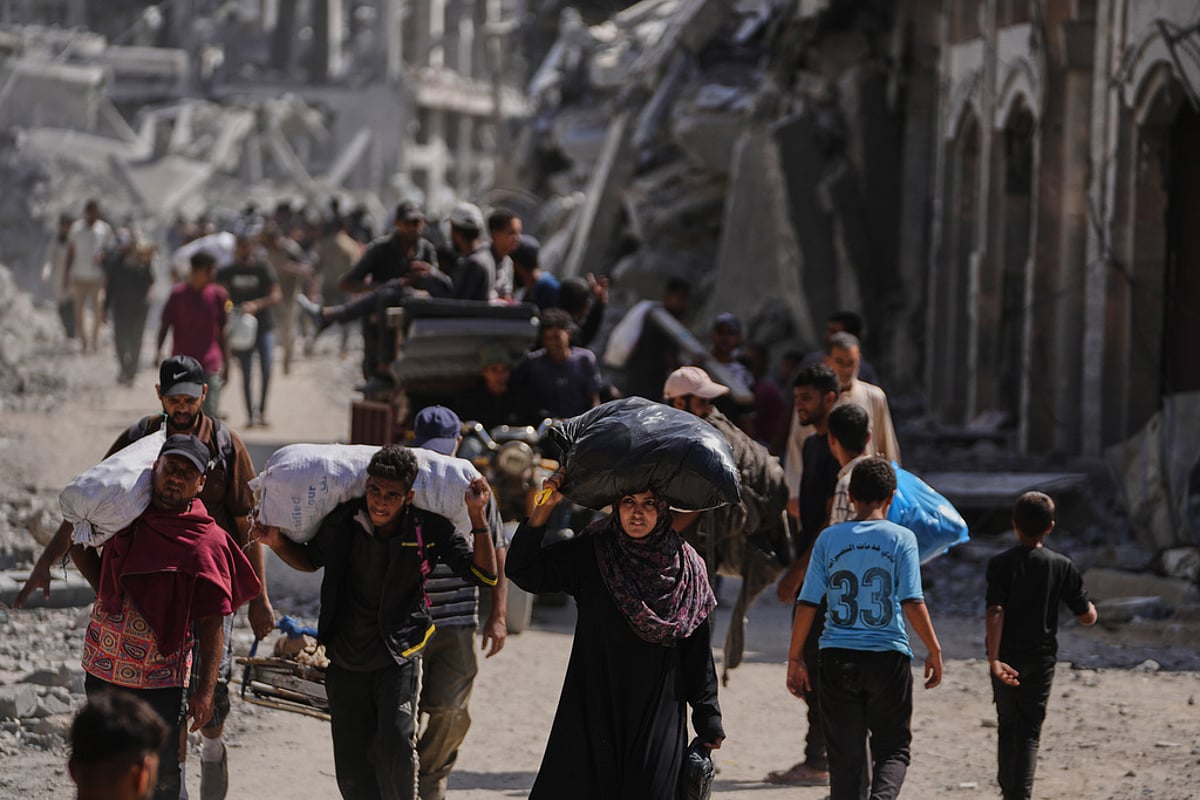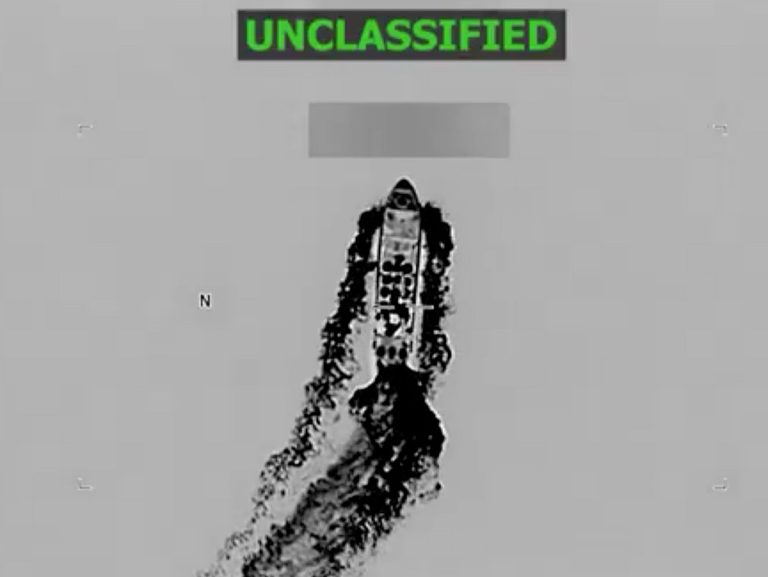Gaza Ceasefire: Humanitarian Aid and Hostage Releases Begin
A ceasefire agreement between Israel and Hamas has prompted tens of thousands of Palestinians in Gaza to return to their homes. The ceasefire, which took effect at noon local time, marks a significant moment in a prolonged conflict, allowing for the withdrawal of Israeli troops and the resumption of humanitarian aid to the region. As the situation unfolds, many questions remain regarding the future governance of Gaza and the disarmament of Hamas.
Overview of the Ceasefire Agreement
The ceasefire agreement, brokered by the United States, has led to the Israeli military’s withdrawal to designated lines, enabling Palestinians to move freely back to northern Gaza. This development comes after a period of intense shelling that had displaced many residents. The ceasefire is seen as a critical step toward alleviating the humanitarian crisis in Gaza, which has been exacerbated by two years of conflict.
Humanitarian Aid Resumption
With the ceasefire in place, the United Nations is preparing to resume aid deliveries to Gaza. UN officials have indicated that they require Israeli cooperation to open additional border crossings and ensure safe passage for aid workers and returning civilians. Humanitarian supplies, including food, medical items, and fuel, are set to flow into Gaza, with 170,000 metric tons of aid already positioned in neighboring countries.
UN and International Response
UN spokesperson Stephane Dujarric expressed optimism about the ceasefire, stating that it has generated hope for relief efforts. Discussions between UN officials and Israeli authorities are ongoing to determine the volume and entry points for humanitarian aid. The International Criminal Court is also involved, seeking accountability for alleged war crimes related to the conflict.
Hostage and Prisoner Releases
As part of the ceasefire agreement, Israel is expected to release approximately 2,000 Palestinian prisoners in exchange for the return of 48 hostages held by Hamas. Israeli Prime Minister Benjamin Netanyahu has emphasized the importance of this exchange, stating that the return of hostages is a central goal of the Israeli government. However, the release of high-profile prisoners, such as Marwan Barghouti, remains a contentious issue, with Hamas insisting on their inclusion in negotiations.
Challenges Ahead
The International Committee of the Red Cross (ICRC) has acknowledged that the upcoming hostage and prisoner release will be complex, given the scale and urgency of the operation. The ICRC is preparing for various scenarios as negotiations continue. The timeline for these releases is tight, with expectations that hostages will be freed within 72 hours of the ceasefire taking effect.
Reactions from Global Leaders
International leaders have praised the ceasefire agreement, with French, German, and British officials commending U.S. President Donald Trump’s role in facilitating the deal. Russian President Vladimir Putin also expressed support, offering Russia’s assistance in implementing the agreement. Meanwhile, Turkish President Recep Tayyip Erdogan has warned of the consequences of a return to conflict, emphasizing the need for swift humanitarian aid delivery.
Conditions for Returning Residents
Palestinians who had previously left Gaza during the conflict will now be allowed to return, subject to security checks by Israeli and Egyptian authorities. This measure is part of the humanitarian policies outlined in the ceasefire agreement, which aims to restore normalcy for displaced residents. Israeli officials have indicated that humanitarian measures similar to those in place during a previous ceasefire will be reinstated, allowing for the entry of 600 trucks of aid daily.
Infrastructure and Security Measures
Italy’s Defense Minister announced that Italian police will resume patrolling the Rafah border crossing between Gaza and Egypt next week, facilitating the flow of humanitarian aid. Israeli authorities are also working to restore the infrastructure at the crossing to support these efforts. The ceasefire agreement includes provisions for monitoring and supporting the ceasefire, involving various international partners and NGOs.
Local Perspectives and Experiences
As the ceasefire takes effect, many residents of Gaza are cautiously optimistic about returning home. Displaced individuals, such as Fayez AlMajdoub, have expressed a desire to check on their homes and assess the damage. However, concerns about ongoing military presence and potential dangers remain prevalent among returning residents.
Reports of Continued Violence
Despite the ceasefire announcement, reports of shelling and military activity persisted in parts of Gaza on the day the ceasefire was declared. Residents in areas like Nuseirat refugee camp reported increased artillery fire, raising concerns about the stability of the ceasefire. Israeli military officials have warned residents to avoid certain areas where troops are still active.
Moving Forward
As the ceasefire progresses, the focus will shift to ensuring the safe delivery of humanitarian aid and the successful execution of the hostage and prisoner releases. The international community will be closely monitoring the situation to ensure compliance with the ceasefire terms and to support the ongoing humanitarian efforts in Gaza.
FAQs
What is the current status of the ceasefire in Gaza?
The ceasefire has been implemented, allowing for the withdrawal of Israeli troops and the return of Palestinians to northern Gaza. Humanitarian aid is set to resume, with UN officials coordinating efforts to deliver essential supplies.
How many hostages and prisoners are expected to be released?
Under the ceasefire agreement, Israel is expected to release around 2,000 Palestinian prisoners in exchange for 48 hostages held by Hamas. The timeline for these releases is anticipated to be within 72 hours of the ceasefire taking effect.
What measures are being taken to facilitate humanitarian aid?
The UN is working with Israeli authorities to open additional border crossings and ensure safe passage for aid workers. Approximately 170,000 metric tons of aid are ready to be delivered, with plans for 600 trucks of humanitarian supplies to enter Gaza daily.
Conclusion
The ceasefire in Gaza represents a critical juncture in the ongoing conflict, offering hope for humanitarian relief and the resolution of hostage situations. As both sides navigate the complexities of the agreement, the international community remains vigilant in supporting the restoration of peace and stability in the region. The next steps will involve the successful implementation of aid deliveries and the release of hostages, which are essential for rebuilding trust and fostering a sustainable resolution.
Also Read:
Israel to Release 250 Prisoners in Hostage Exchange Deal







